What’s new is your chance to help us make this Ebook the best ever on Australian Native Flora and Fauna.
If you want to add a paragraph, or your own experience let me know. If I have erred please let me know.
All photos will have your named water marked and covered by our copyright for your protection.
All offers to buy or use will be passed onto you directly.

Amanita farinacea Grafton NSW
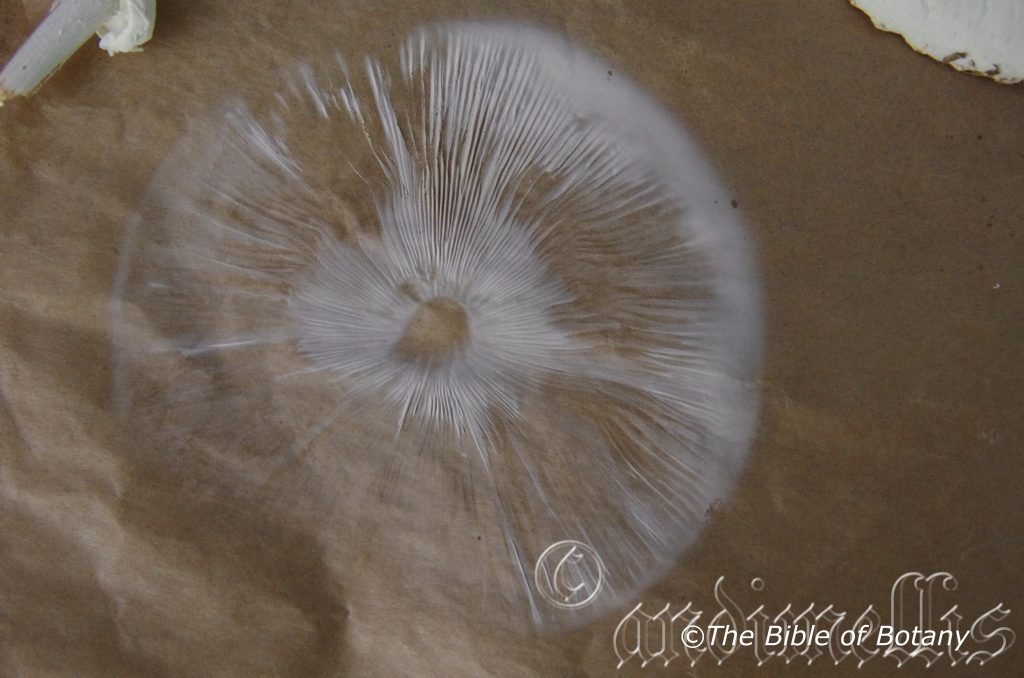
White spore pattern of Amanita farinacea Grafton NSW

Aseroe rubra The Pinnacles NSW

Heodictyon sp. The Pinnacles NSW
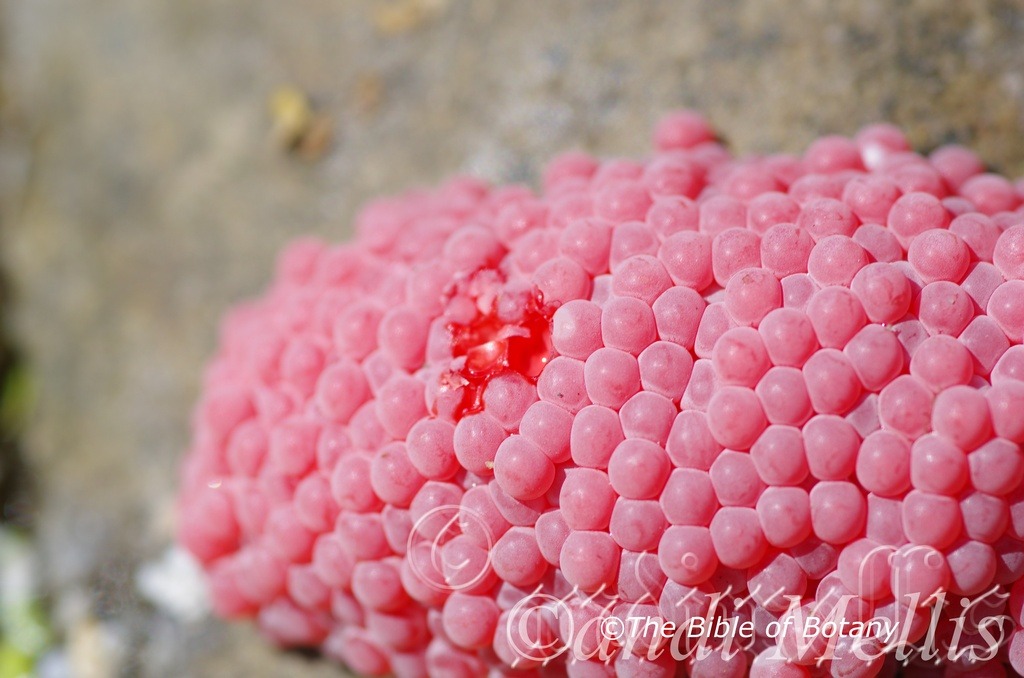
Nectria sp. Da Chong central southern China.
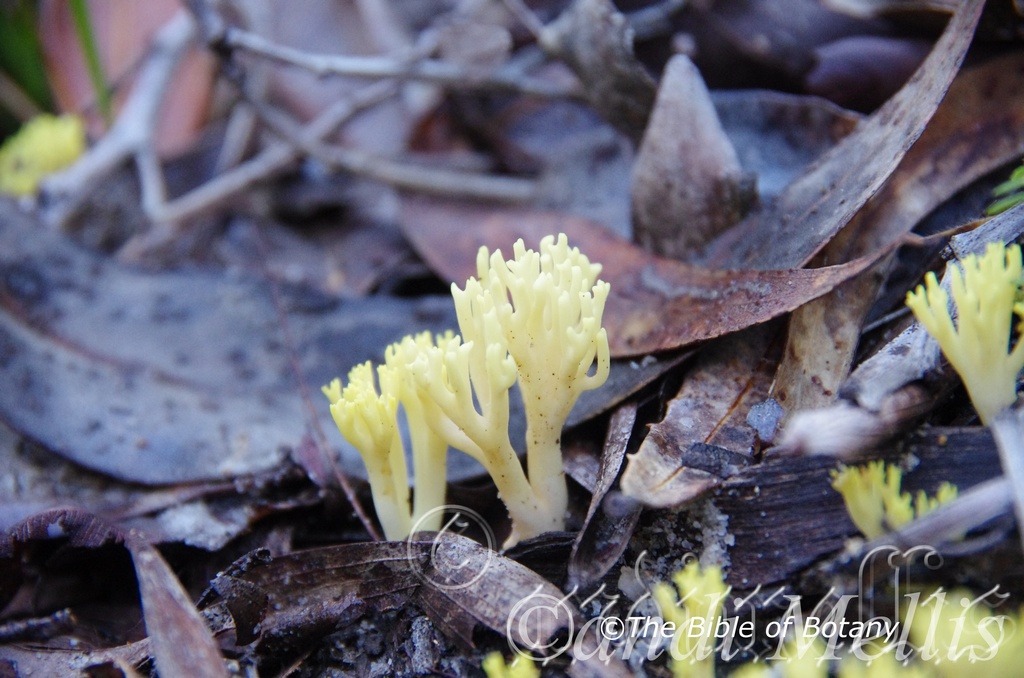
Ramaria sp. Kungala NSW
Thanks to a reader Tom, who informed me of an error I made in describing Amanita muscaria. I corrected the error in the section on Higher order Fungi and added 6 photos of fungi.
Top Amanita farinacea and second is the white spore pattern of Amanita farinacea.
Below are just 4 of the thousands of unique designs nature has bestowed upon us.
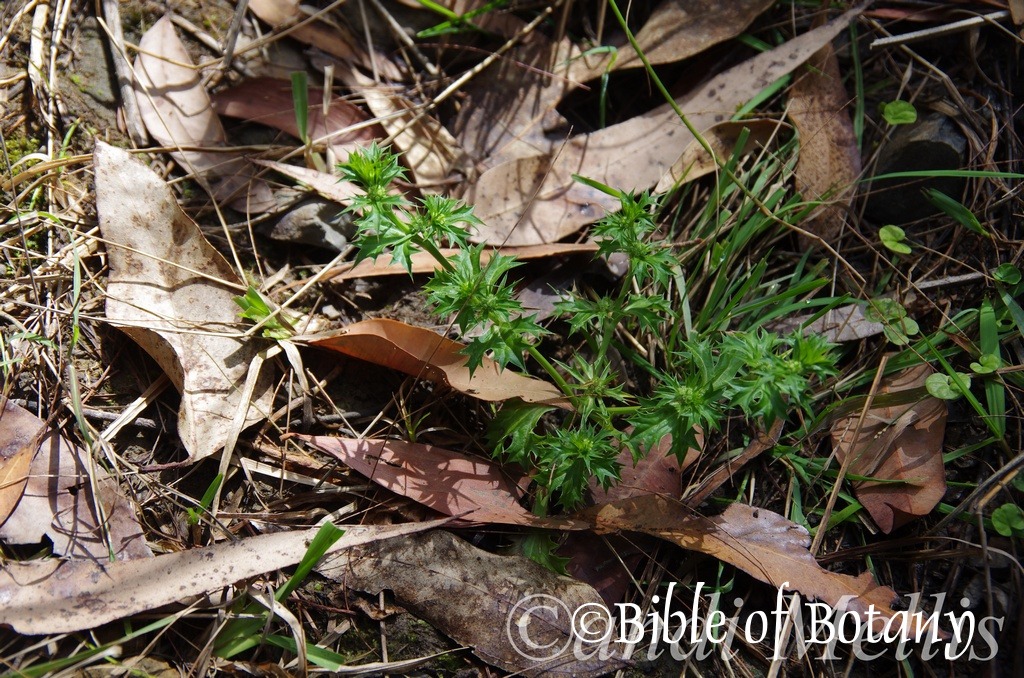
Eryngium expansum Ramourni National Park NSW

Eryngium expansum Ramourni National Park NSW
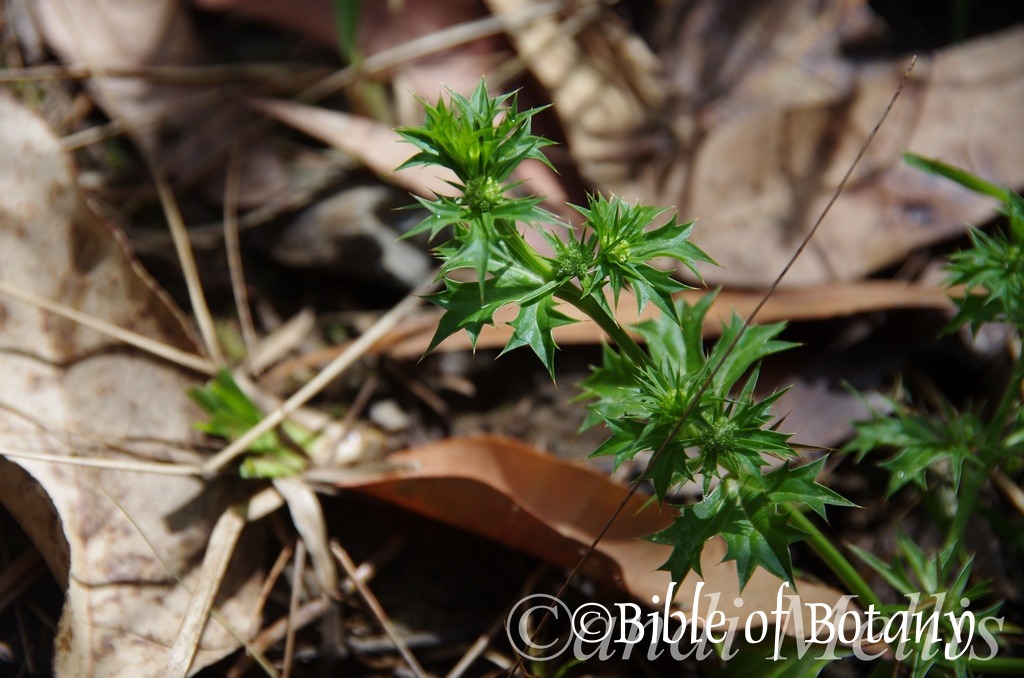
Eryngium expansum Ramourni National Park NSW
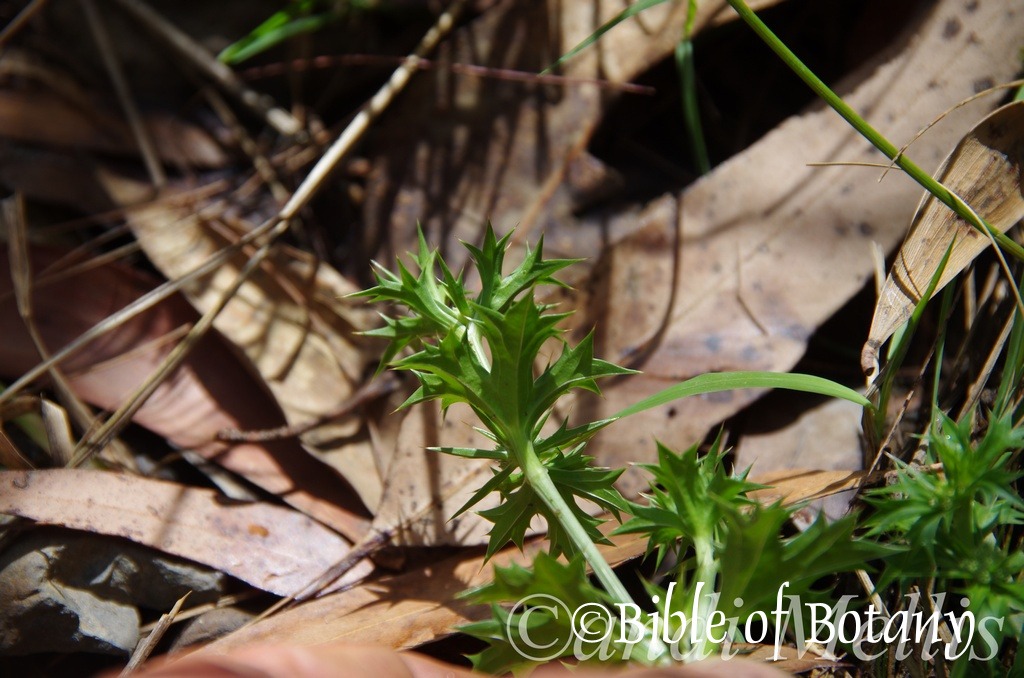
Eryngium expansum Ramourni National Park NSW
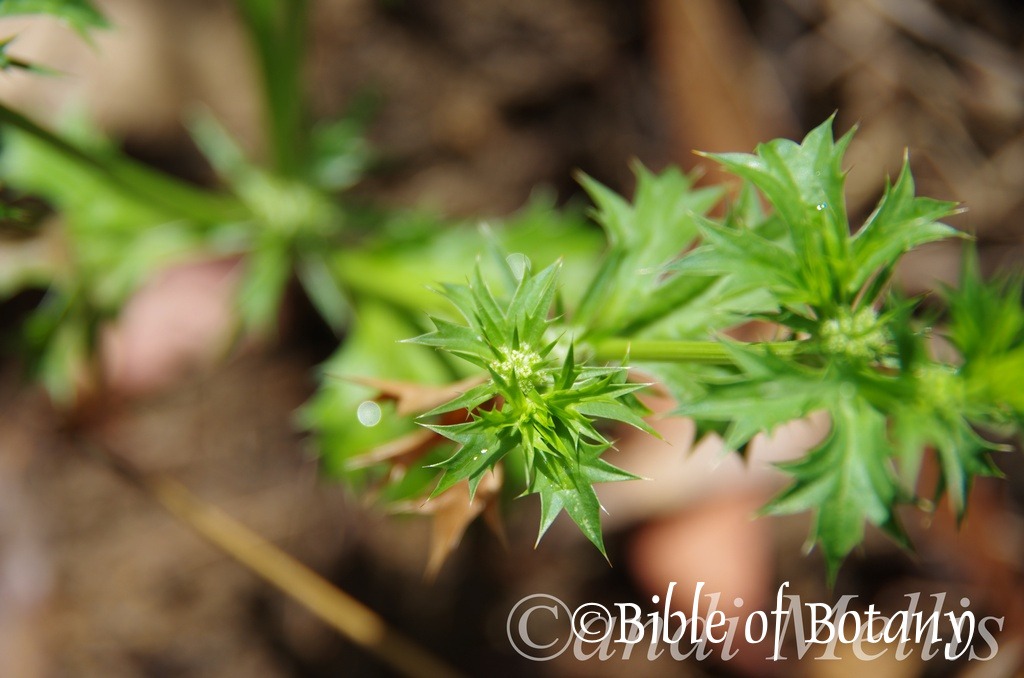
Eryngium expansum Ramourni National Park NSW

Glycine microphylla Ramourni National Park NSW
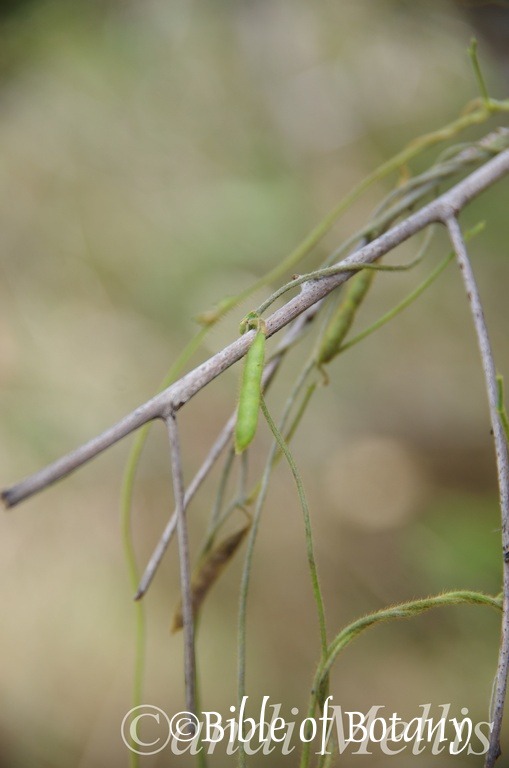
Glycine microphylla Ramourni National Park NSW

Gratiola pedunculata Ramourni National Park NSW

Gratiola pedunculata Ramourni National Park NSW

Gratiola pedunculata Ramourni National Park NSW

Gratiola pedunculata Ramourni National Park NSW
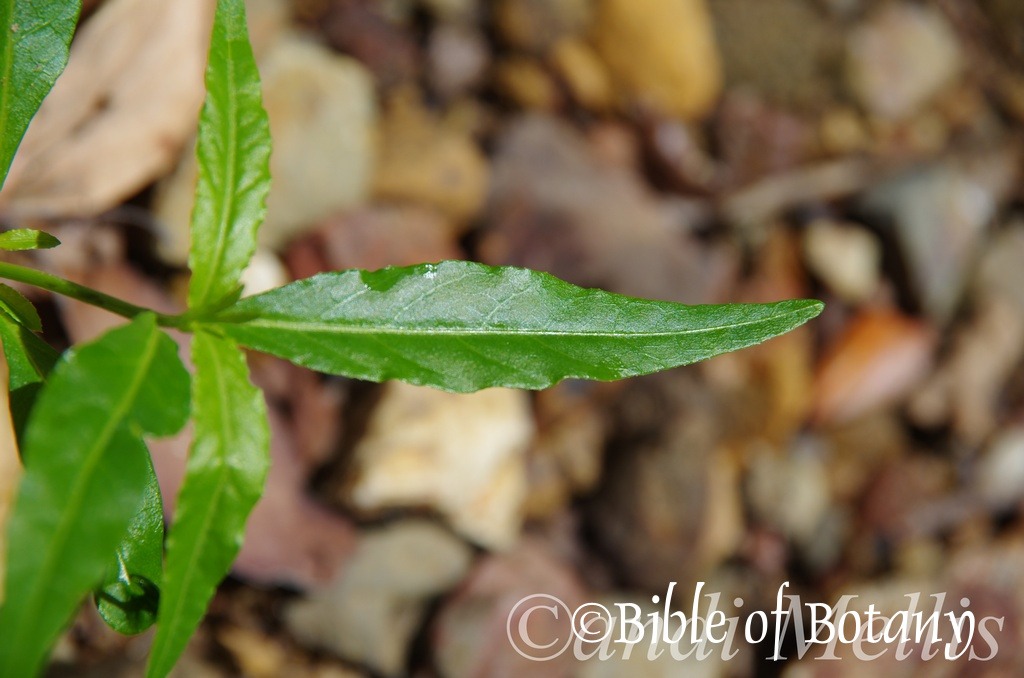
Gratiola pedunculata Ramourni National Park NSW
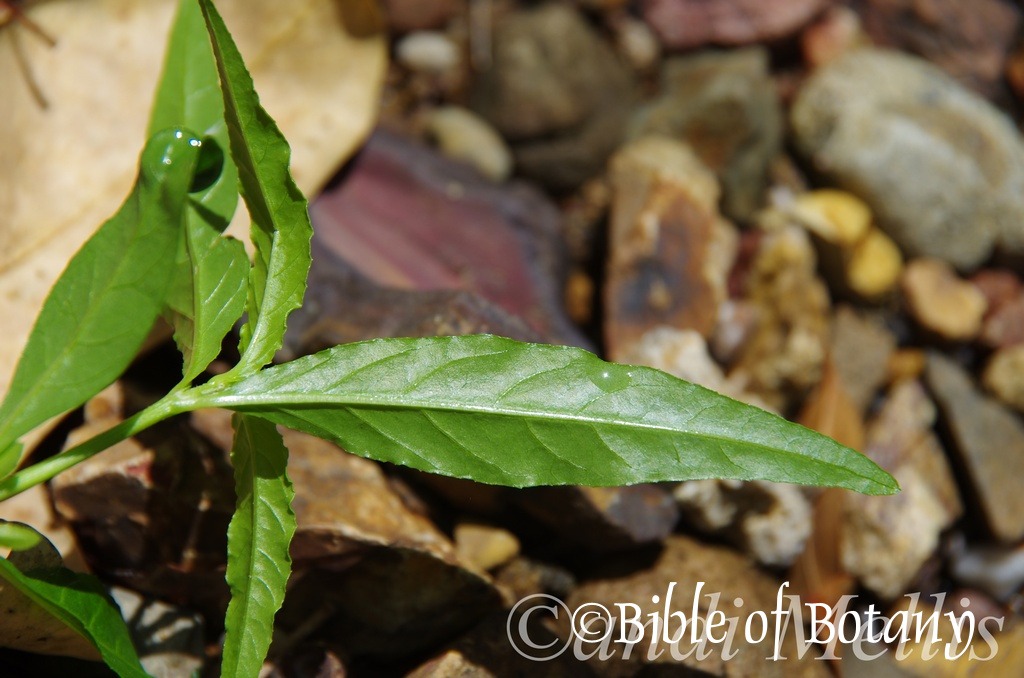
Gratiola pedunculata Ramourni National Park NSW
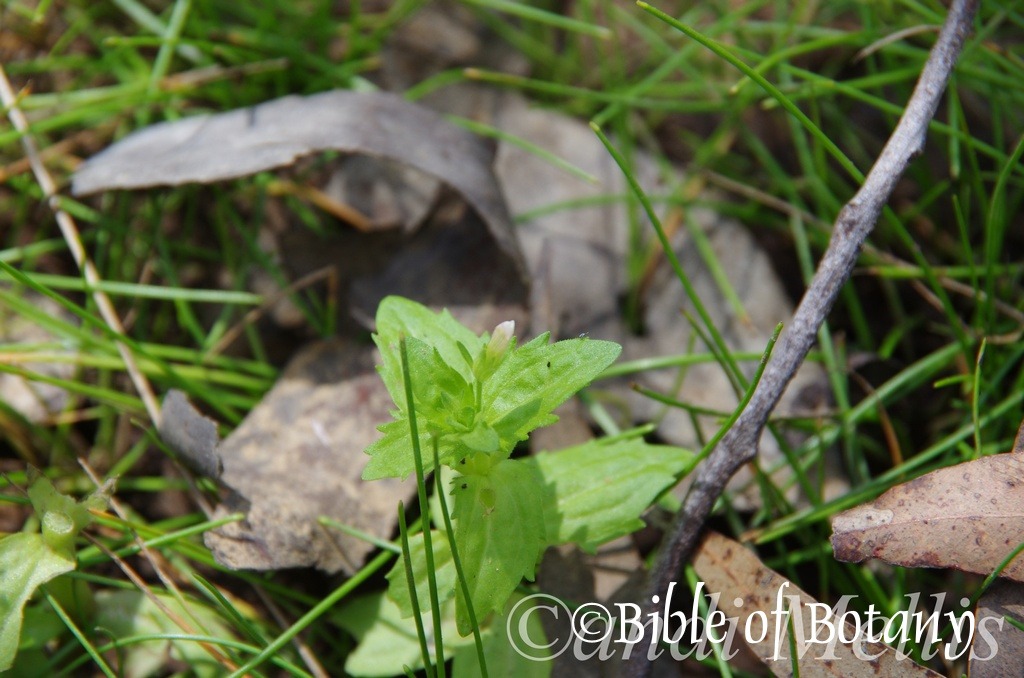
There are 5 photos of Eryngium expansum added to the page. Eryngium expansum is a beautiful, small perennial shrub, which should be more widely grown in rockeries or border beds in full sun to dappled light. Even in its natural habitat it has a charming air about it that makes me feel where can I add it to my garden.
Thought I only required the fruiting pods of Glycine macrophylla so only took photos of the pods and one of the leaf.
Despite finding Gratiola pedunculata in two locations within Ramourni National Park our photos depict the great variation in the foliage and stem hairs showing how a single species can have great variation even when growing in close proximity.
Gratiola pedunculata Ramourni National Park NSW

Dichelachne micrantha Ramourni National Park NSW
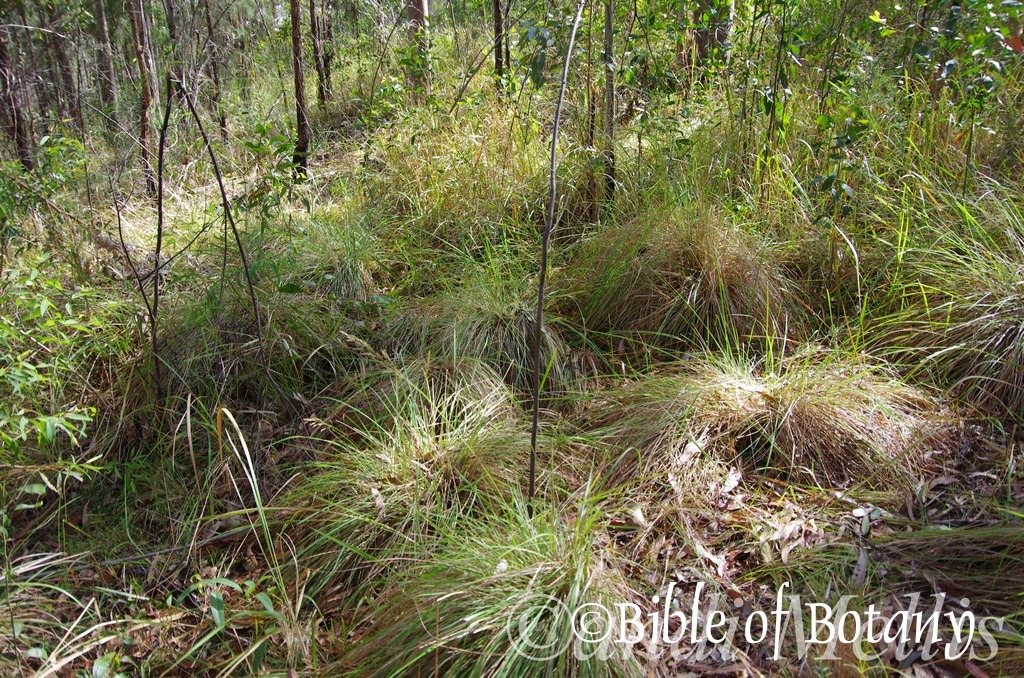
Dichelachne micrantha Ramourni National Park NSW
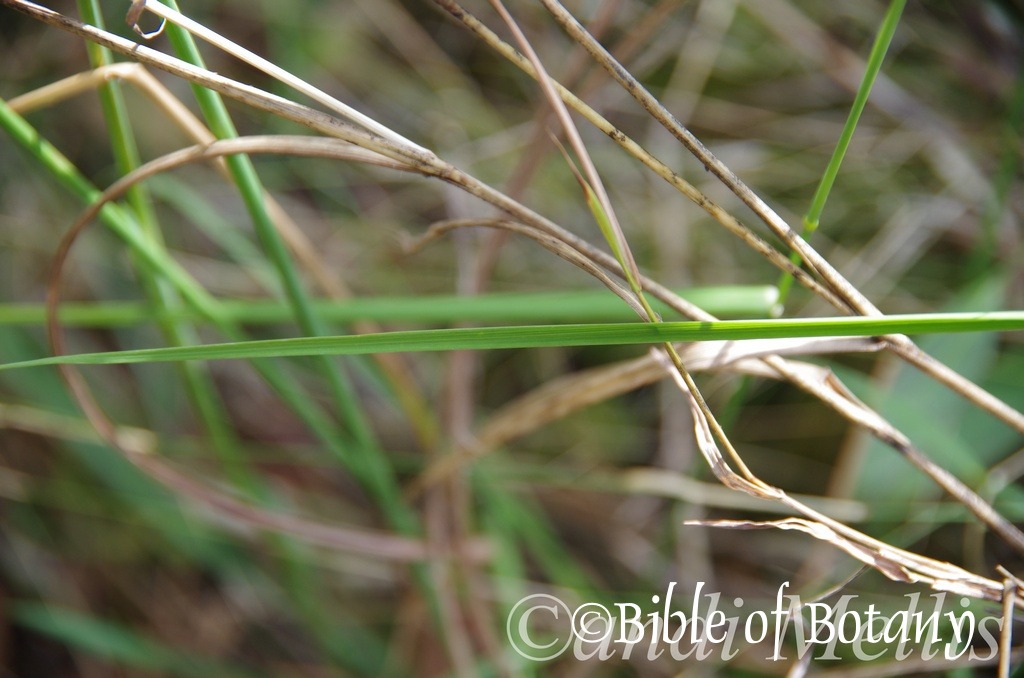
Dichelachne micrantha Ramourni National Park NSW
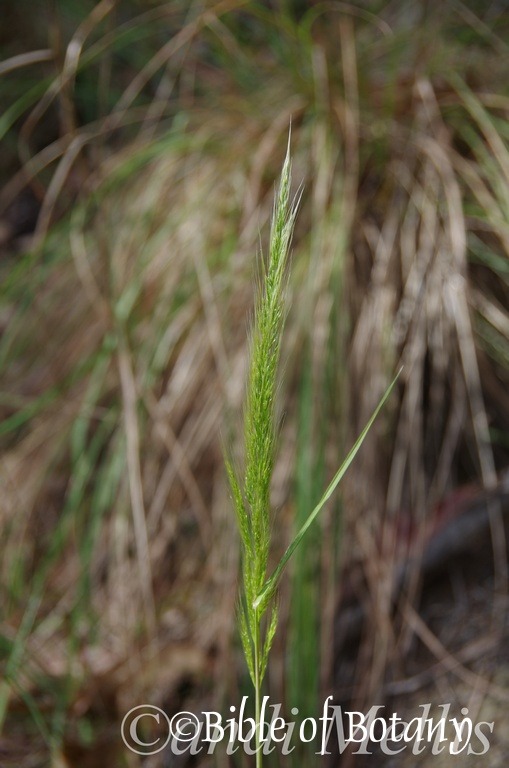
Dichelachne micrantha Ramourni National Park NSW
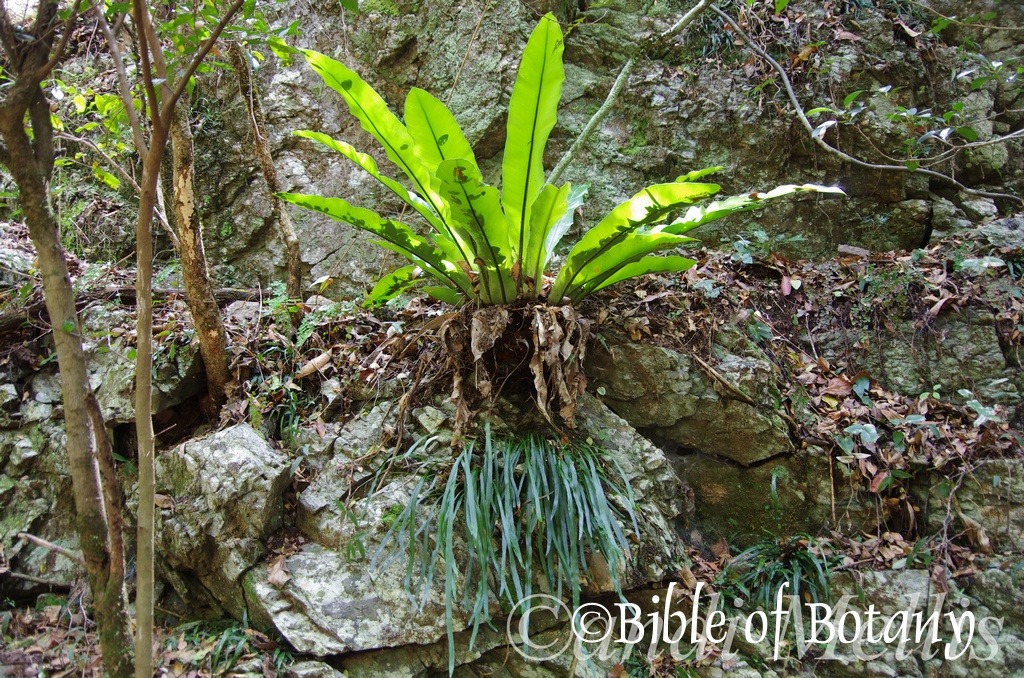
Dictymia brownii Ramourni National Park NSW
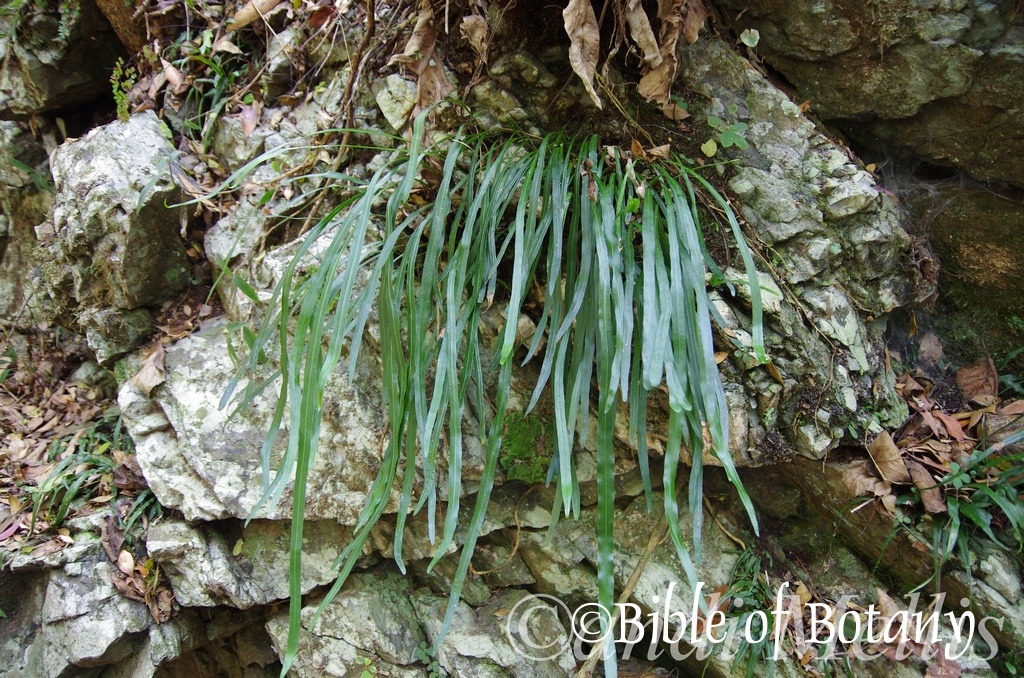
Dictymia brownii Ramourni National Park NSW
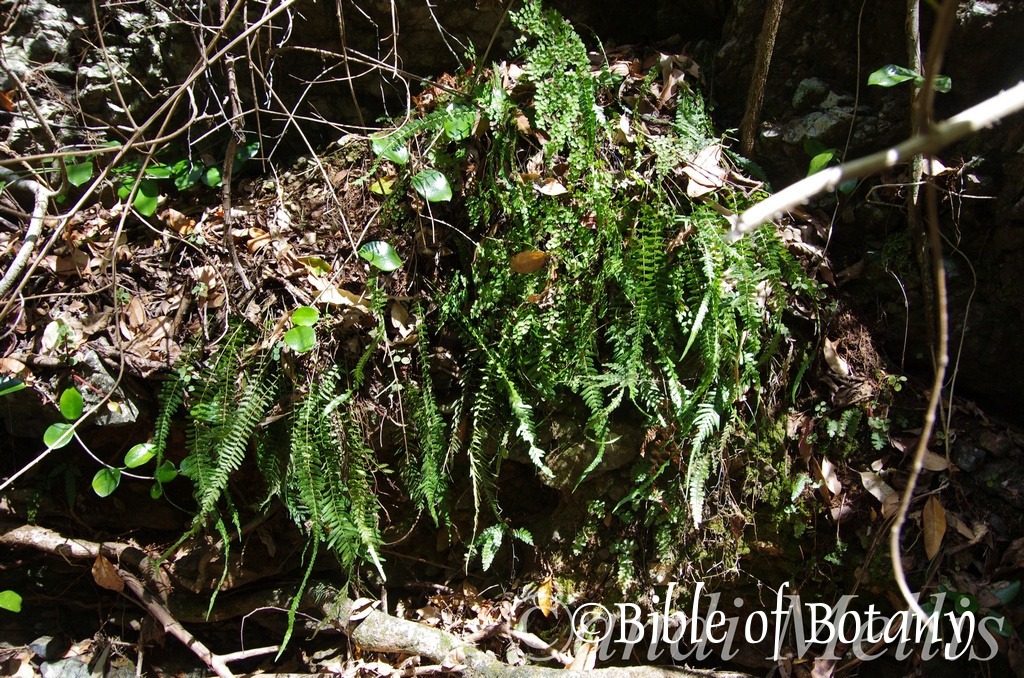
Doodia australis Ramourni National Park NSW

Doodia australis Ramourni National Park NSW
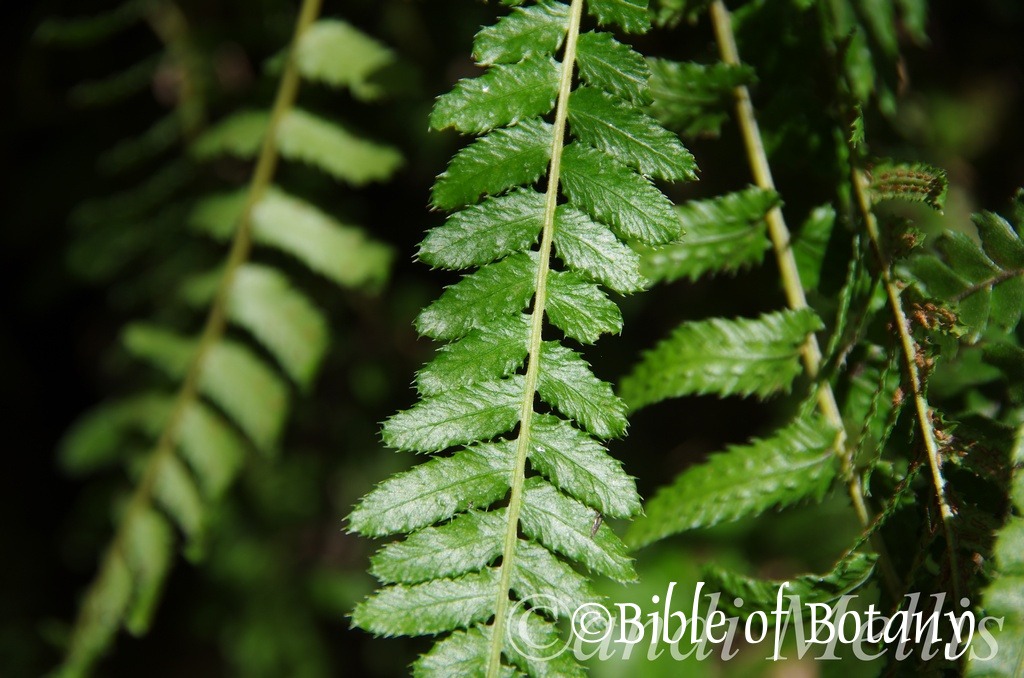
Doodia australis Ramourni National Park NSW
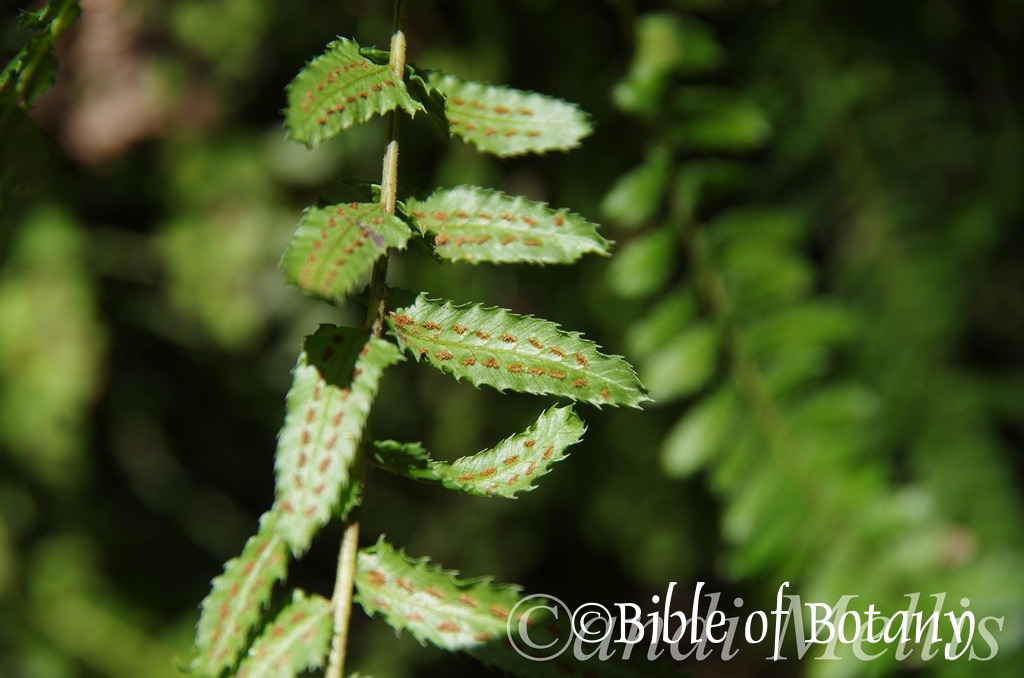
Doodia australis Ramourni National Park NSW
The second part of the day’s walk was through a pasteur of Dichelachne micrantha, a native grass that unfortunately attracts stray cattle from neighbouring properties, which are doing a lot of damage along the rills and creeks.
While I am on “D” I can add new photos of my favourite plants, ferns with 2 new photos of Dictymia brownii and 4 new photos of Doodia australis.
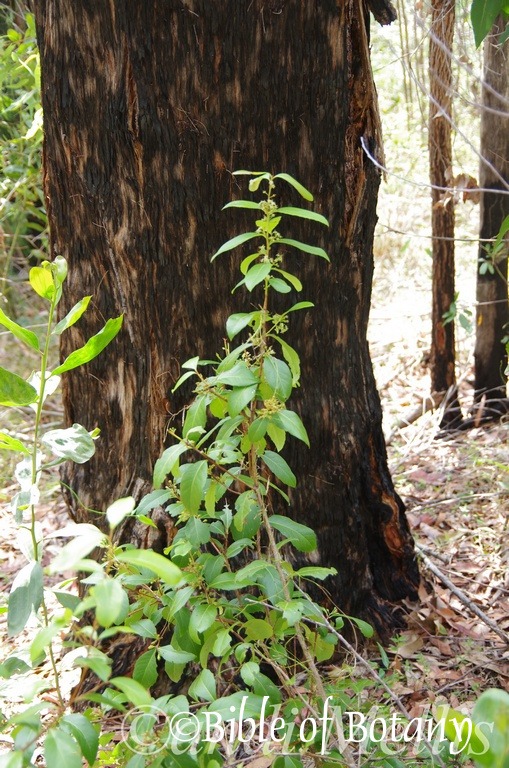
Alectryon subcinereus Ramourni National Park NSW
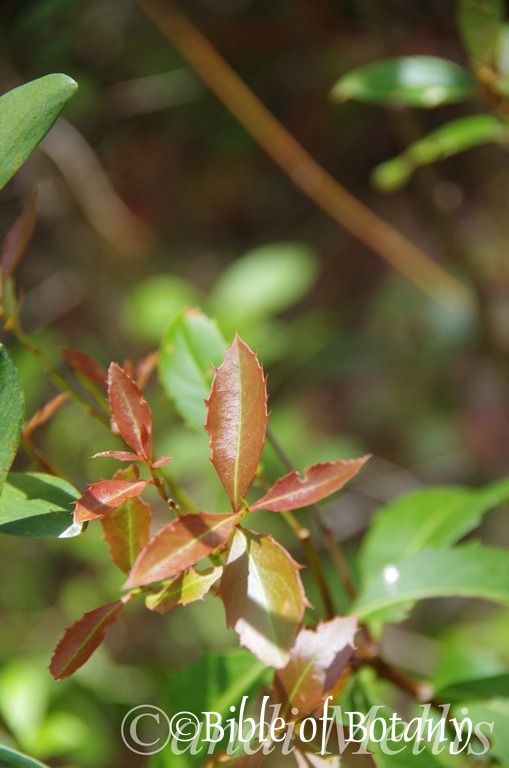
Alectryon subcinereus Ramourni National Park NSW
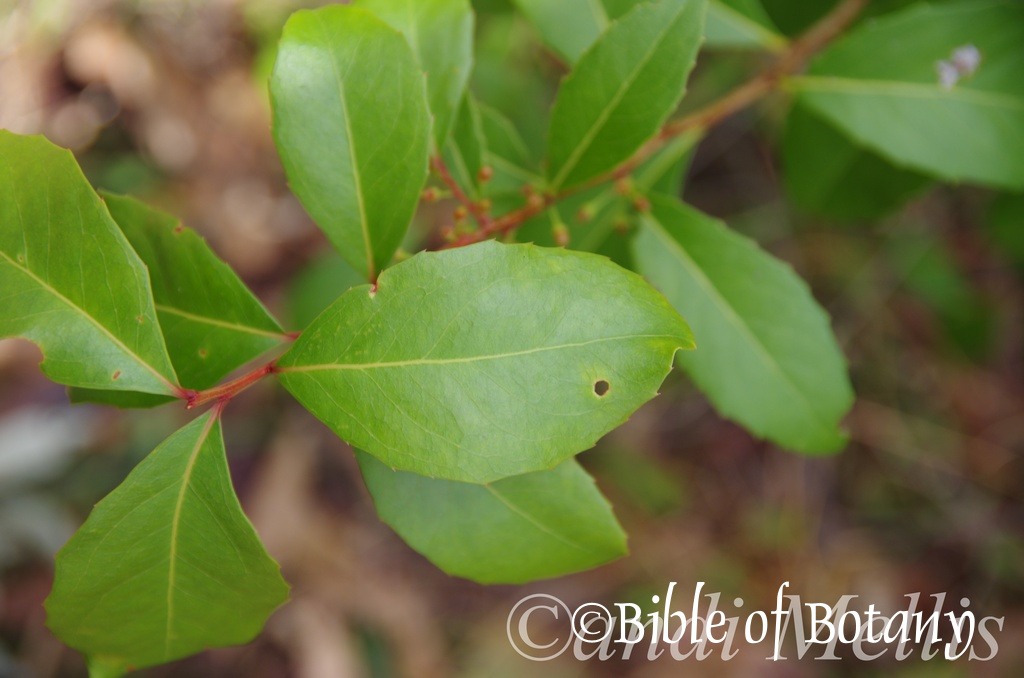
Alectryon subcinereus Ramourni National Park NSW

Alectryon subcinereus Ramourni National Park NSW
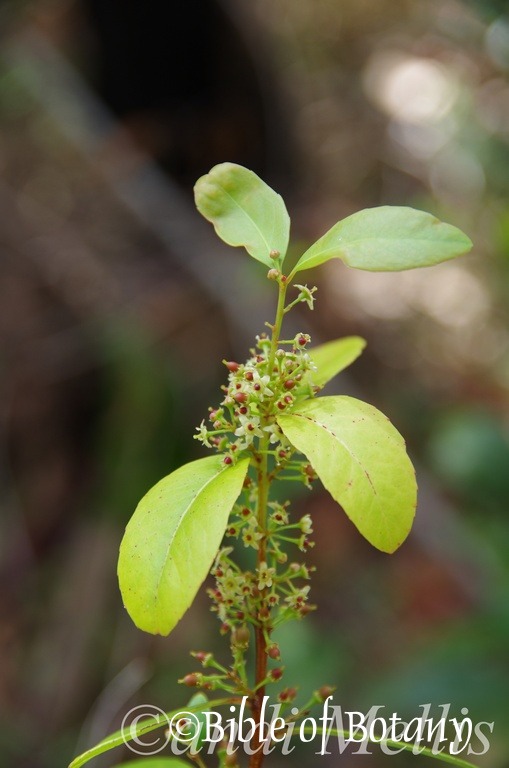
Alectryon subcinereus Ramourni National Park NSW
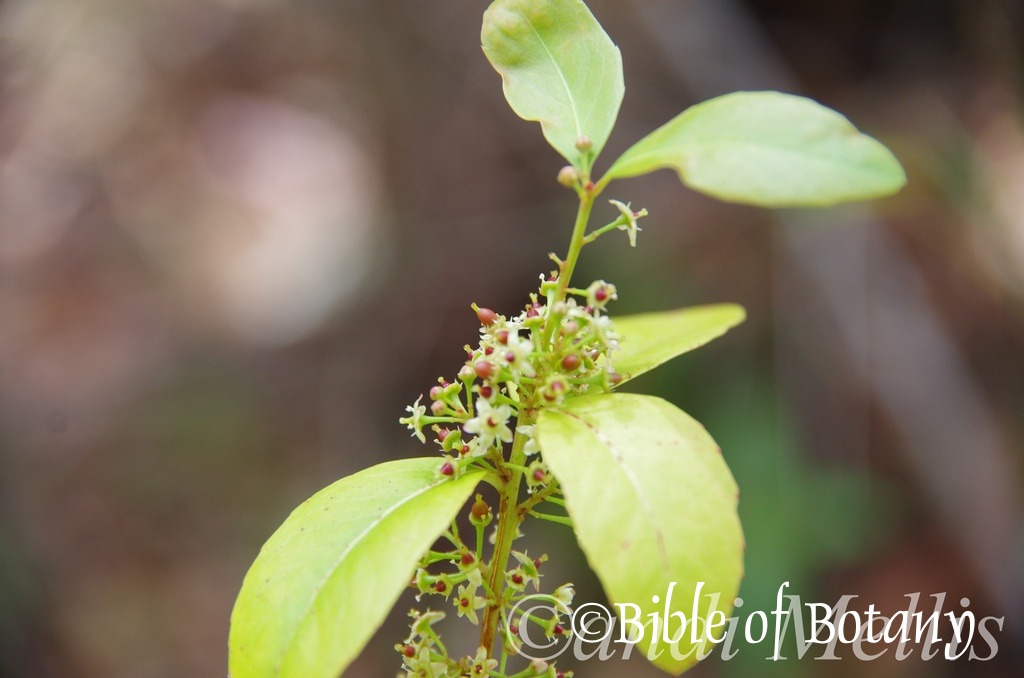
Alectryon subcinereus Ramourni National Park NSW
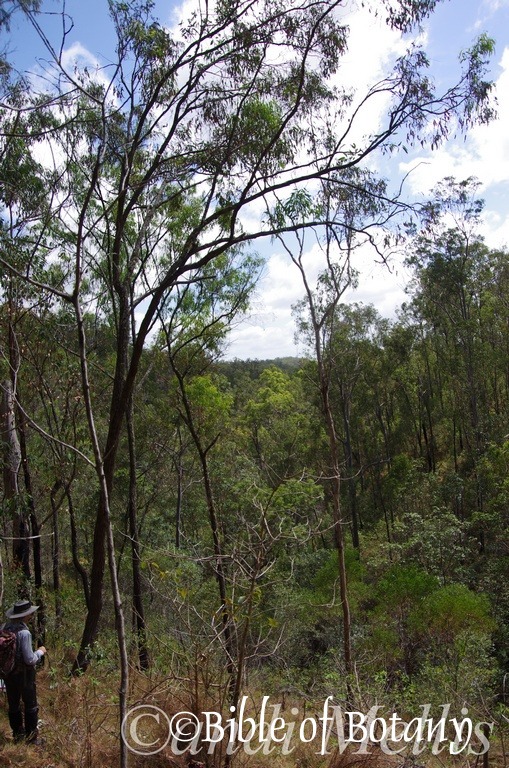
Alyxia ruscifolia Ramourni National Park NSW

Alyxia ruscifolia Ramourni National Park NSW
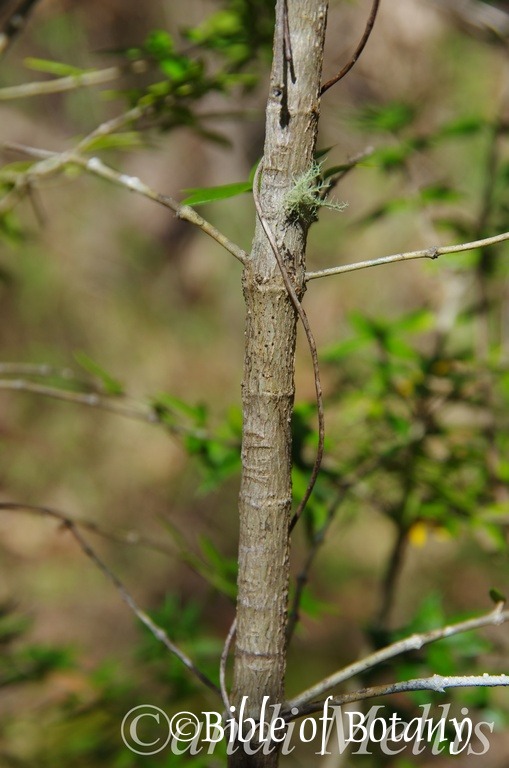
Alyxia ruscifolia Ramourni National Park NSW

Asplenium attenuatum Ramourni National Park NSW

Asplenium attenuatum Ramourni National Park NSW
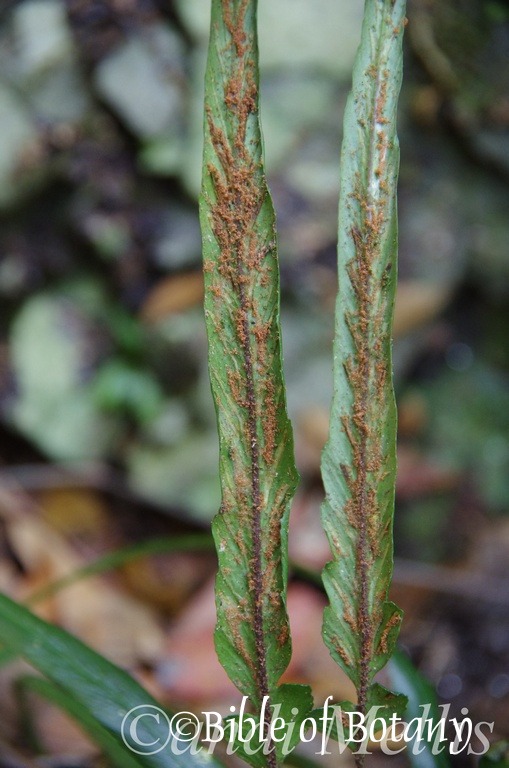
Asplenium attenuatum Ramourni National Park NSW
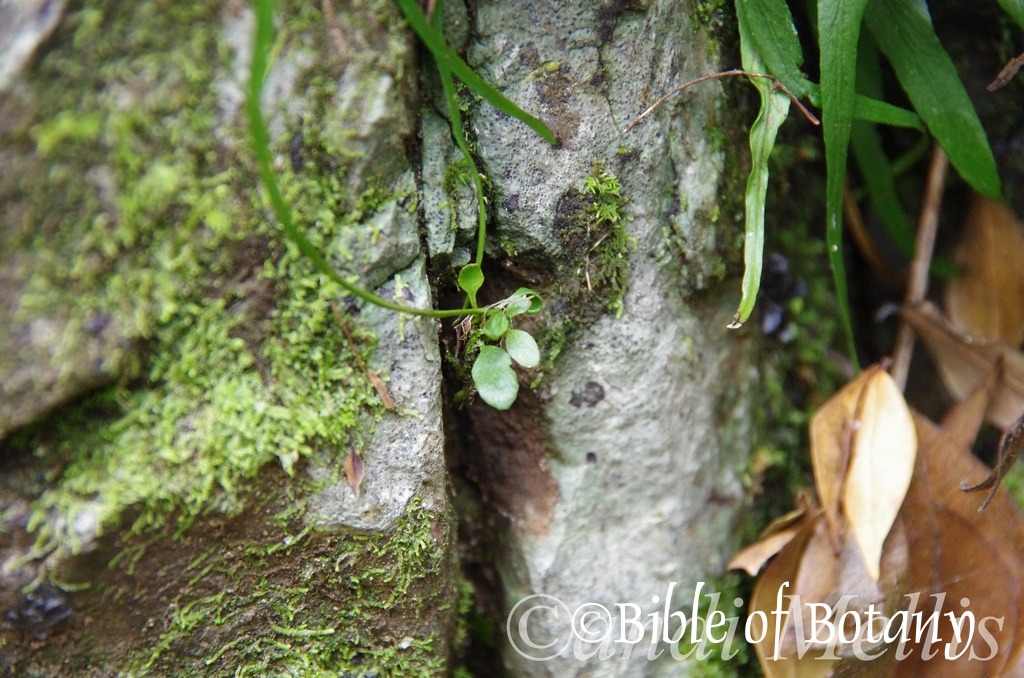
Asplenium attenuatum Ramourni National Park NSW
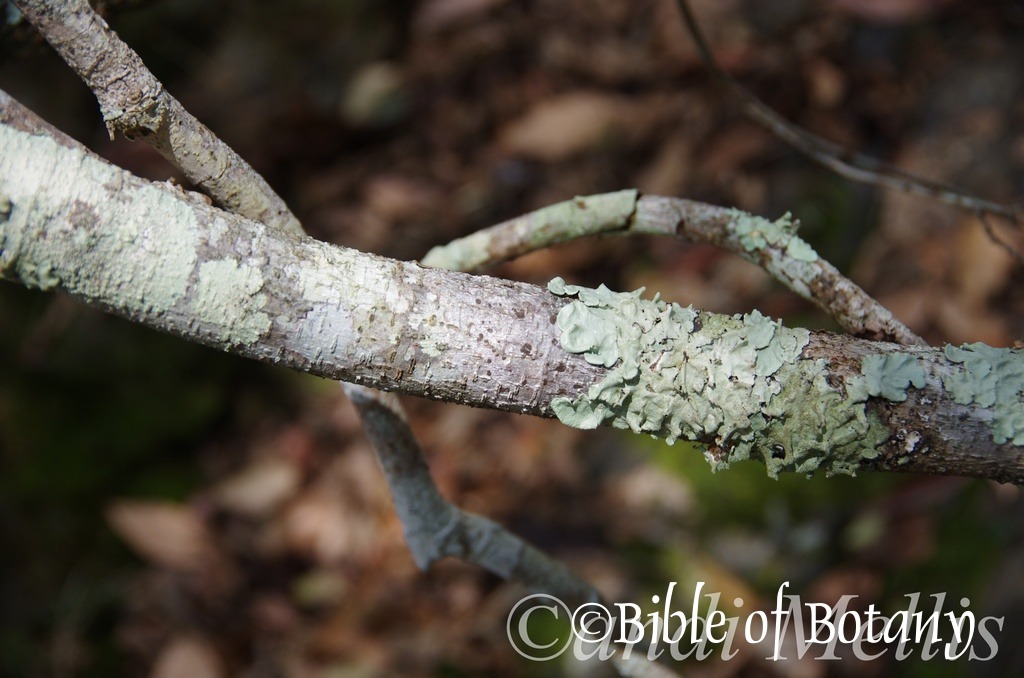
Bracypterum involutum Ramourni National Park NSW
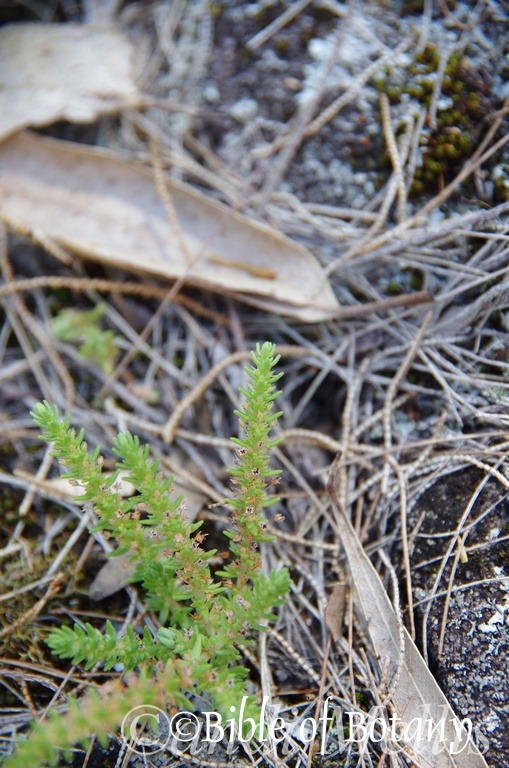
Crassula sieberiana Ramourni National Park NSW
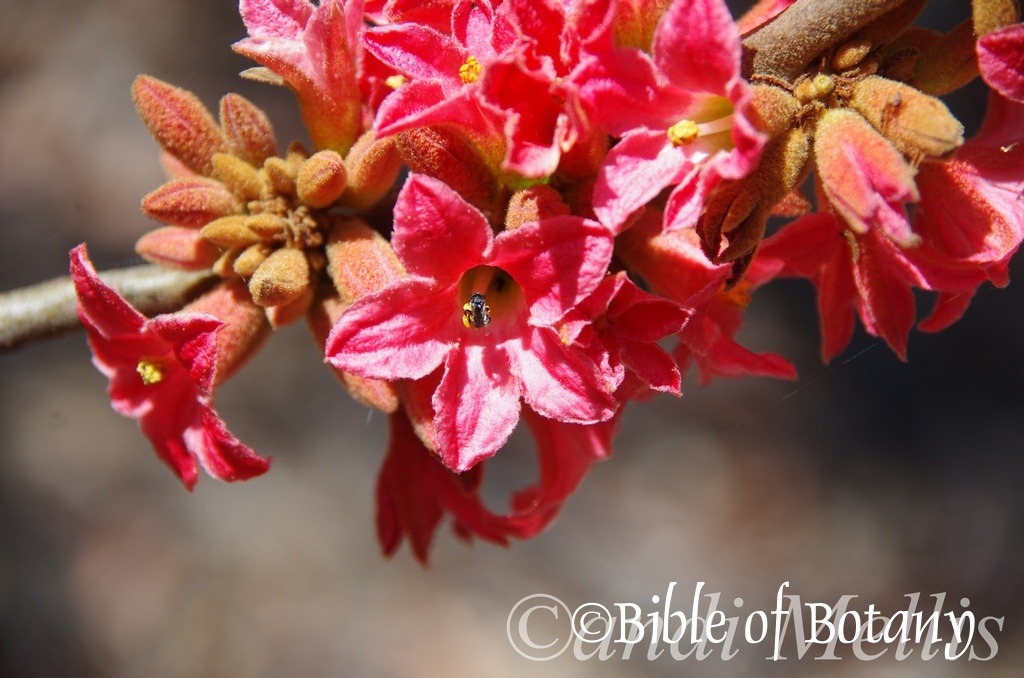
Brachychiton bidwilli Author’s Garden The Pinnacles NSW
John and I spent another great day out at Ramourni National Park. Alectryon subcinereus is the first native we came across. Two new photos of Alyxia ruscifolia showing the habitat and form of the shrub. The photo of trunk replaces the one already on the web being a better photograph. An unusual fern was seen displaying both sporangia and bulbils in Asplenium attenuatum.
Crassula sieberiana showing the small flowers.
Brachychiton bidwillii being pollinated with a native bee, Tetragonula carbonaria.
Found a large Bracypterum involutum vine and have transfer the files over from its synonym of Derris involuta.
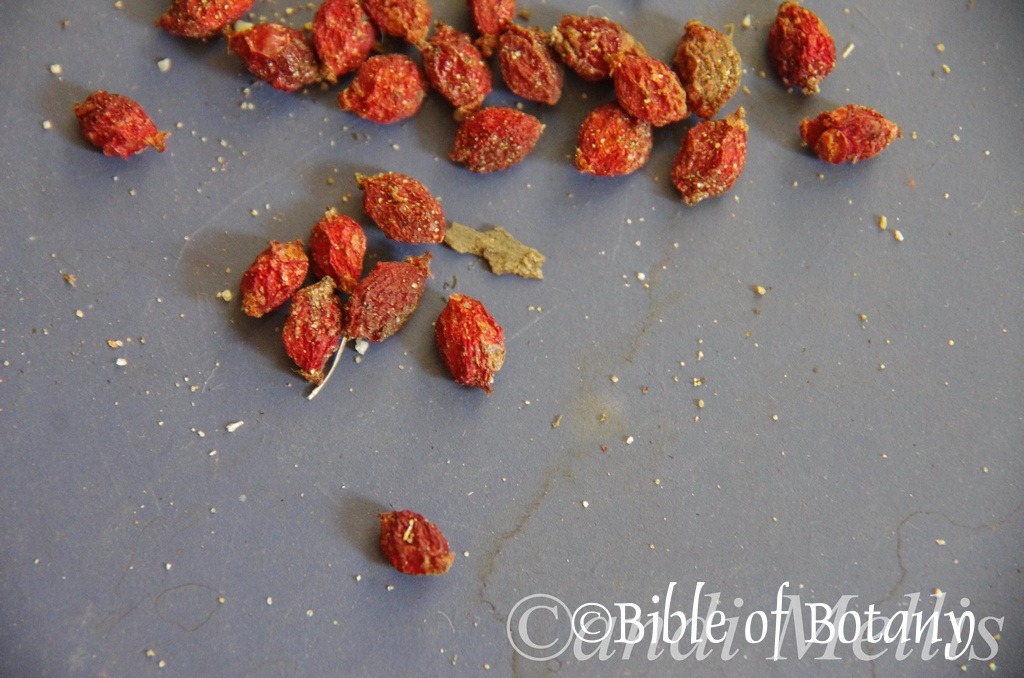
Antidesma eriostre Author’s Garden The Pinnacles NSW
Antidesma erostre seeds found beneath the shrubs had desiccated fruits with the hard woody seeds still inside.

Haloragis heterophylla Ramournie National Park NSW

Haloragis heterophylla Ramournie National Park NSW
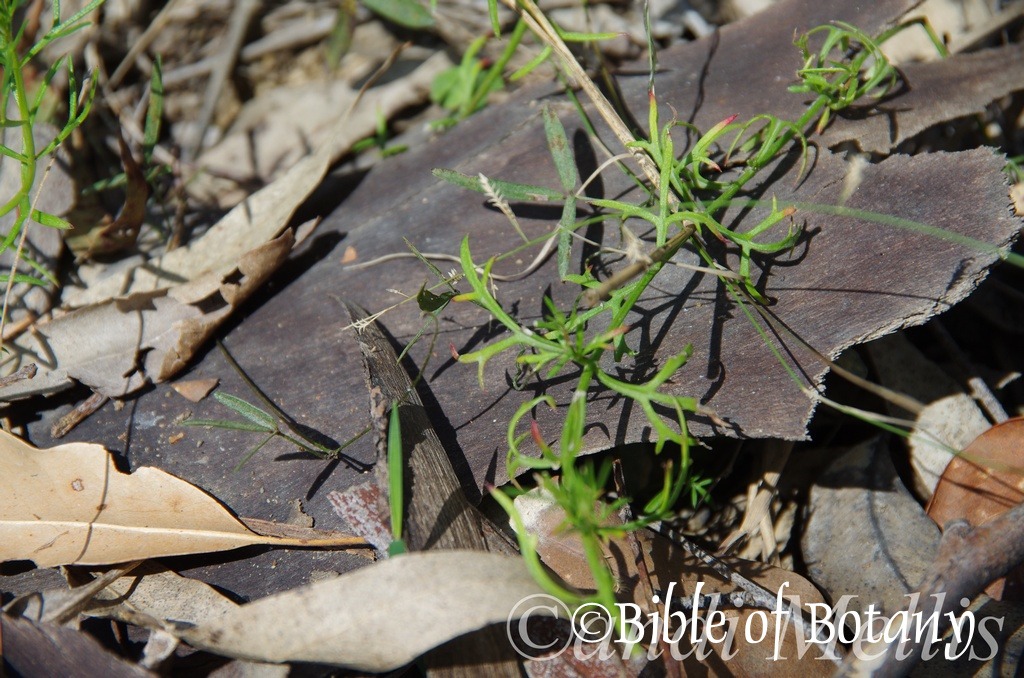
Haloragis heterophylla Ramournie National Park NSW

Melichrus urceolatus Ramournie National Park NSW
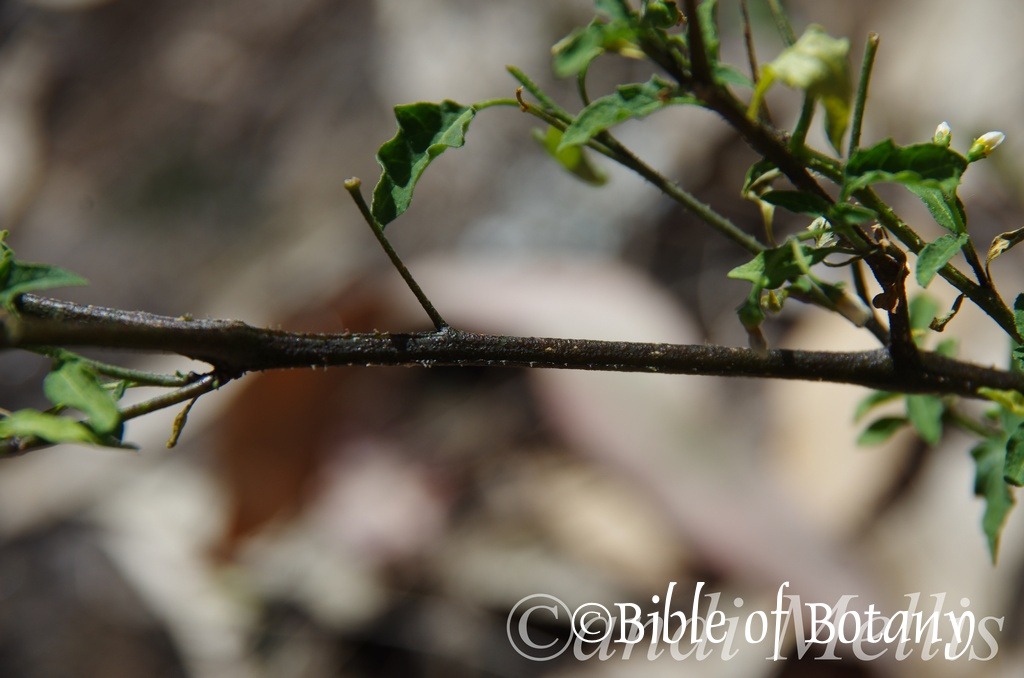
Solanum opacum Ramournie National Park NSW
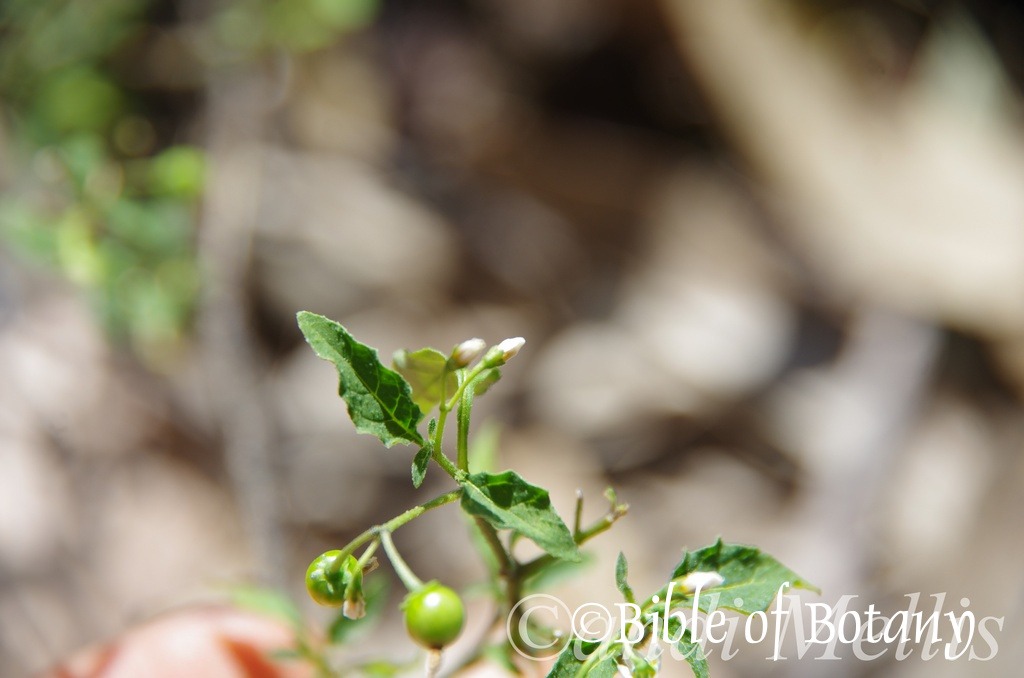
Solanum opacum Ramournie National Park NSW

Solanum stelligerum Ramournie National Park NSW
Here are the last four photos taken at Ramournie National Park for this walk however next week may see a lot more when we again ventre there. Haloragis heterophylla is a small inconspicuous herb with unusual foliage that blends into its surroundings within its habitat. There is one photo of the green fruit on Melichrus urceolatus. We located two Solanum species close together. Solanum opacum now has the green fruits and mature stem included while Solanum stelligerum depicts the variant whose stems are covered in thorns.
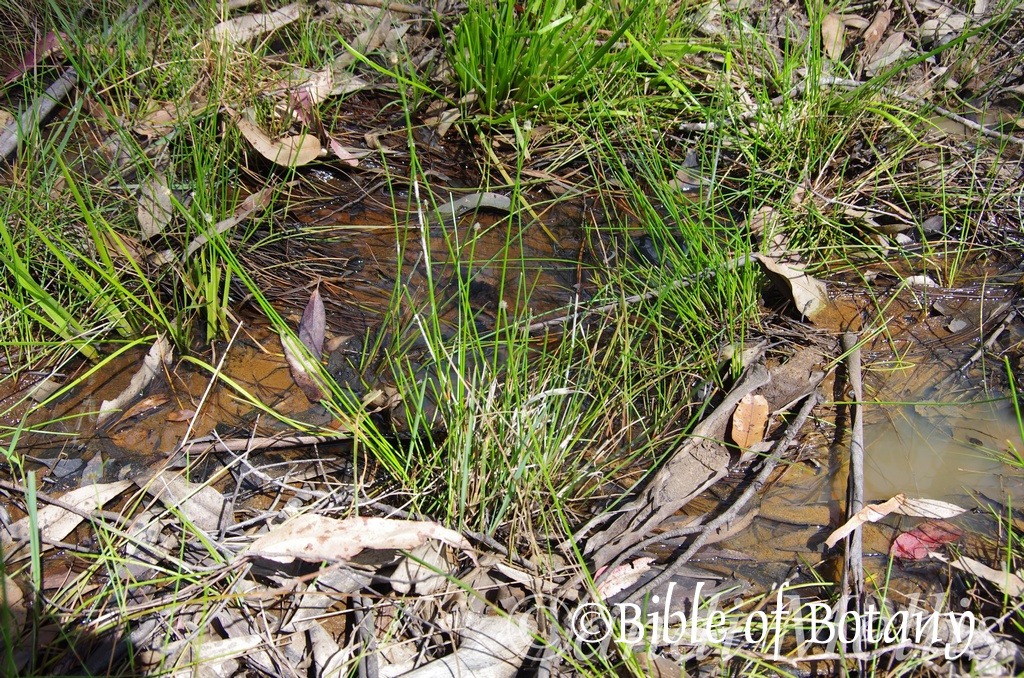
Eleocharis gracilis Ramournie National Park NSW

Eleocharis gracilis Ramournie National Park NSW
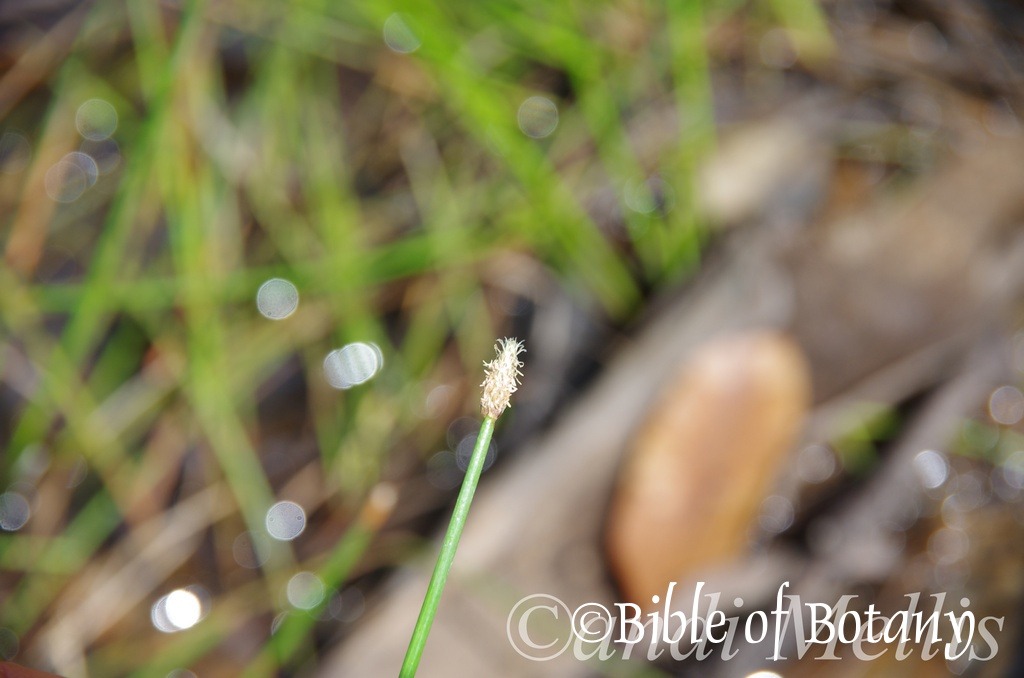
Eleocharis gracilis Ramournie National Park NSW
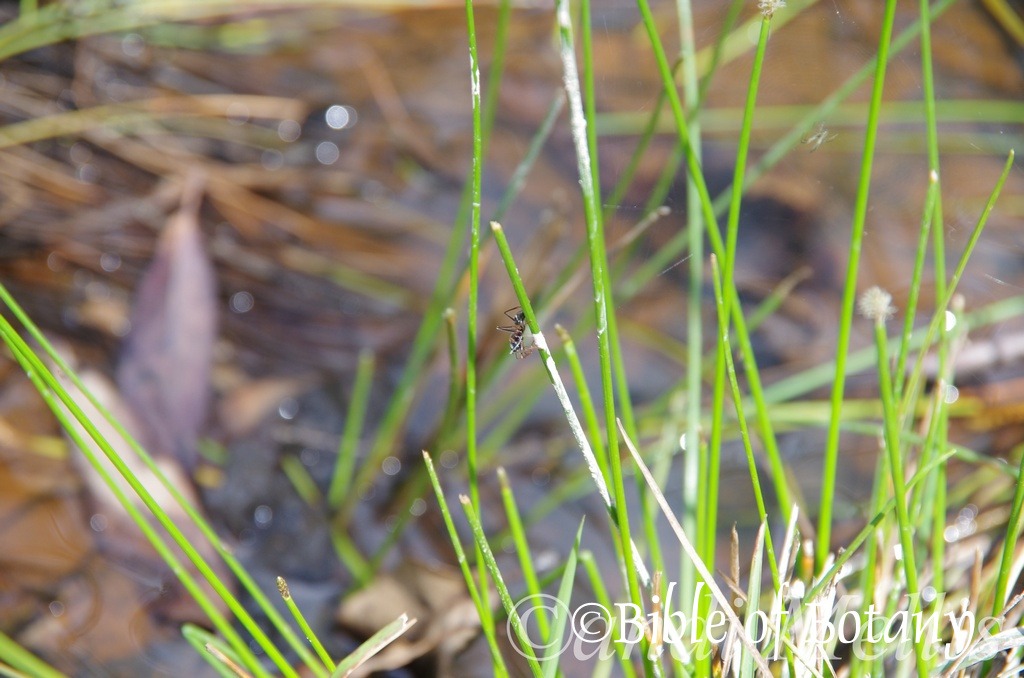
Eleocharis gracilis Ramournie National Park NSW

Jasminum simplicifolium subsp. australiense Ramournie National Park NSW
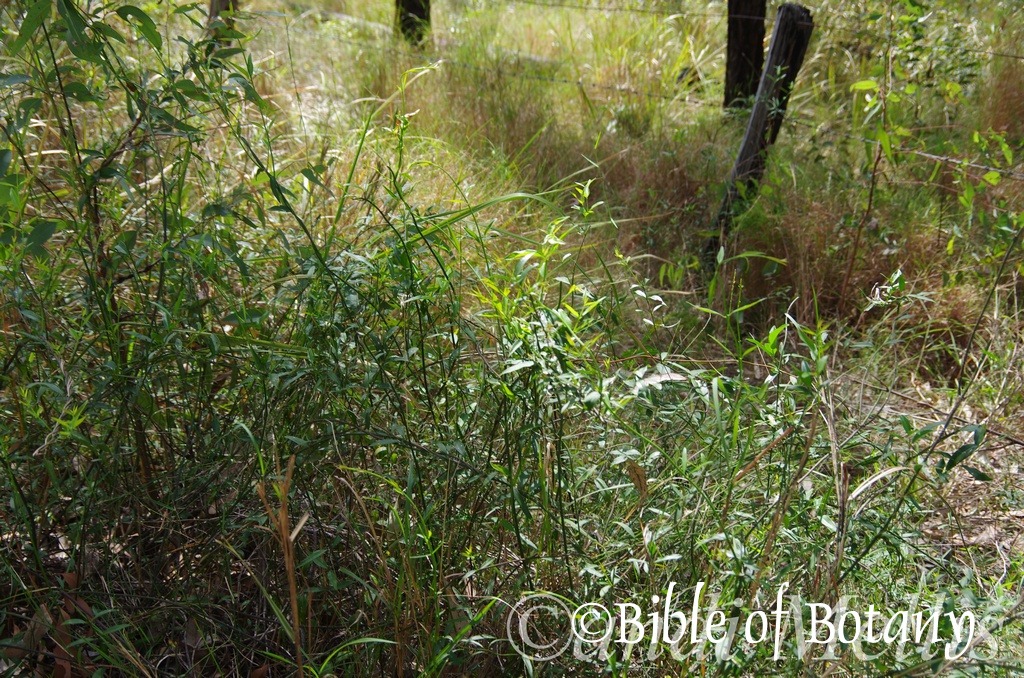
Jasminum simplicifolium subsp. australiense Ramournie National Park NSW

Jasminum simplicifolium subsp. australiense Ramournie National Park NSW

Jasminum simplicifolium subsp. australiense Ramournie National Park NSW
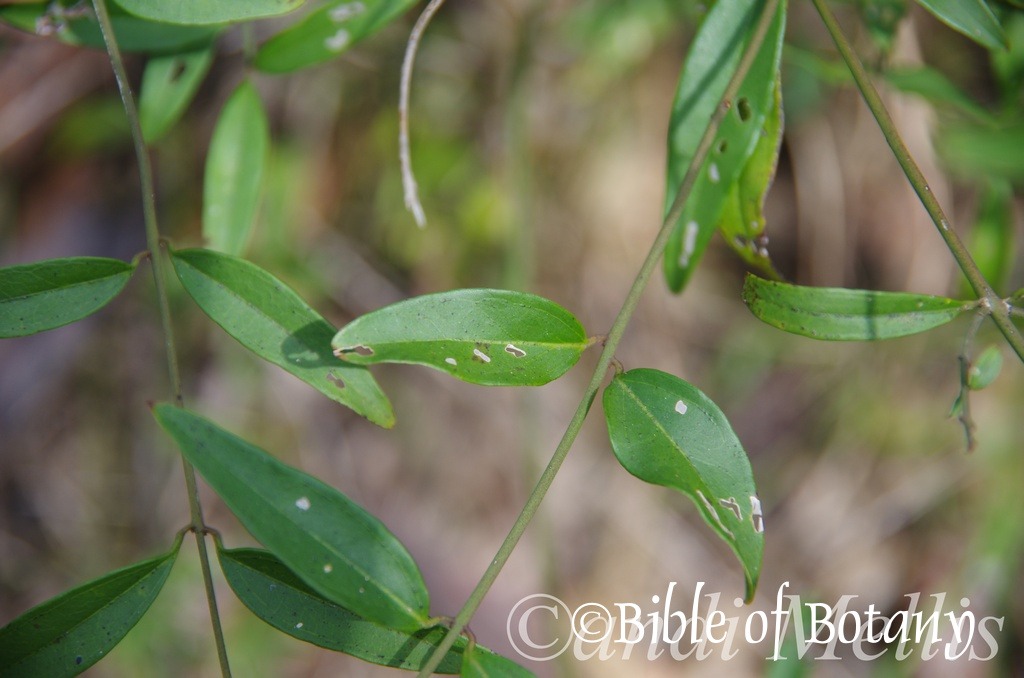
Jasminum simplicifolium subsp. australiense Ramournie National Park NSW
Still trekking in Ramournie State Forest we added Eleocharis gracilis, Gratiola pedunculata, which were both located in a small ephemeral creek and Jasminum simplicifolium subsp. australiense.